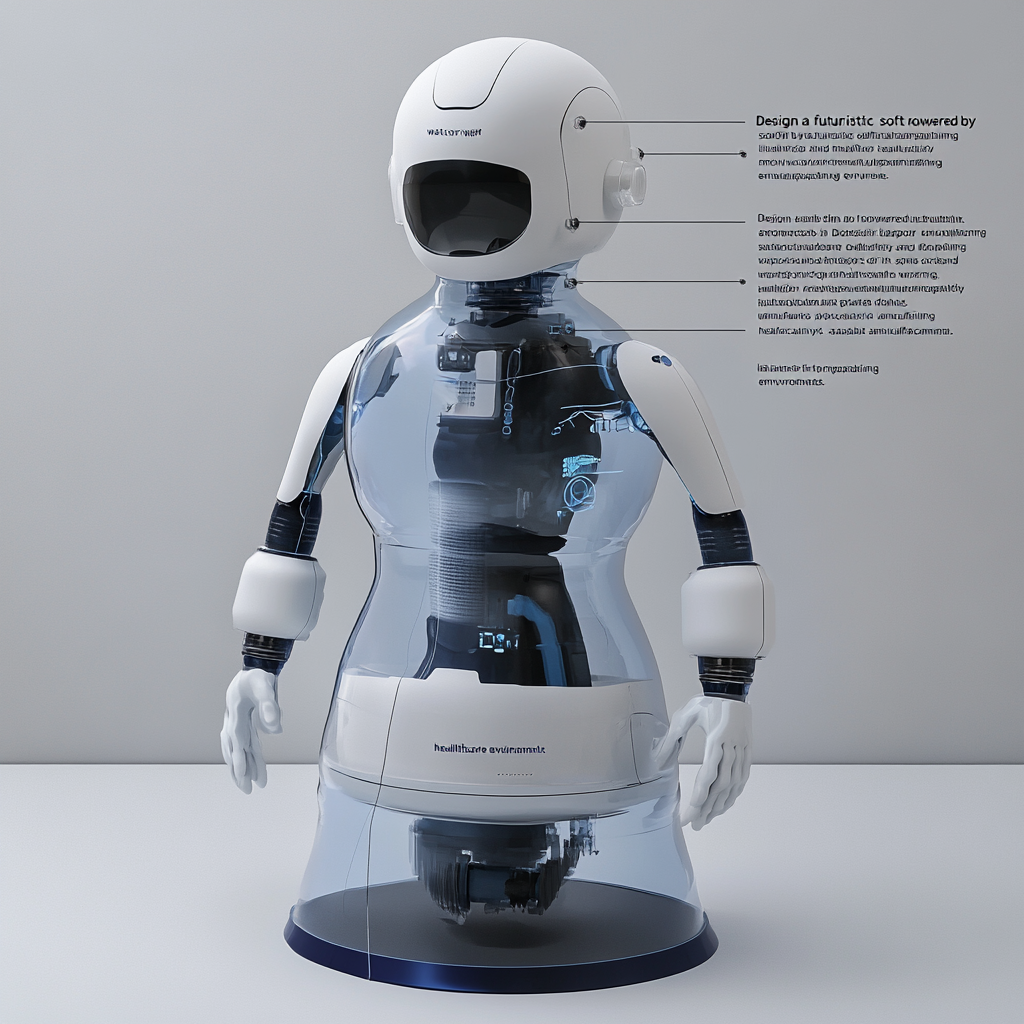
How water vapor is powering the next generation of soft robots
In an era where technology often outpaces our wildest dreams, a hydrous revolution is quietly making its mark in the realm of robotics. Picture this: robots, not made of hard metal and rigid components but soft, flexible beings that act not with the clank of machinery but with the soothing, slimy nuances of a sea creature. Welcome to the fascinating world of water vapor-powered soft robots, the gentle giants of automation that are set to redefine our engagement with machines.
Soft robotics are not just a cutesy take on the harsh, unyielding robots of yore. These marvels take cues from nature, embodying the very flexibility and adaptability of organic life. Instead of relying on pneumatic or hydraulic systems that hog up space, complicate designs, and guzzle energy, these new-age robots embrace water vapor—the unfussy hero we didn’t know we needed. In a nutshell, it’s about harnessing the vapor—a faithful transition from liquid to gas, to enable soft machines to twist, turn, and tango with their environment.
Here's where it gets delightfully scientific. Imagine using a small heater to whip up a raucous steam party. When water is heated, it turns to steam, creating internal pressure that encourages soft structures to move. Traditional powers like motors and pumps are out; welcome the suave and sophisticated world of water vapor. With just a gentle poke of 24 volts, these actuators unleash forces over 50 Newtons at blitzing rates of 100 kPa/s. Sounds like sorcery, doesn’t it?
But the love affair with water vapor isn’t just some capricious flirtation. This gentle gas expands rapidly when subjected to heat and shrinks comfortably when cooled. This characteristic makes for splendidly agile movements that echo the supple grace of a gymnast. There’s potential peppered throughout various industries waiting to harness these achievements.
Imagine a world where healthcare is revolutionized by such technology. Picture water vapor-powered robots gliding through the human body for minimally invasive surgeries or as delicate companions in rehabilitation therapy. These soft machines could become the meticulous hands of surgeons, navigating the intricacies of human anatomy with the finesse of a master artist at work. Isn't that a comforting thought?
And then there’s manufacturing, where the might of soft robotics could redefine the assembly line landscape. We’re talking about robots that can pick, place, and cooperate like seasoned pros, handling fragile components with a grace that’s usually reserved for ballet dancers. Flexibility isn’t just about acrobatics; it's about adapting to the whims of diverse tasks and ensuring every object is treated with care.
Now, let’s turn our gaze to the high-stakes world of search and rescue operations. Imagine a water vapor-powered robot deployed in treacherous terrains, slithering through wreckage and rubble to seek out survivors. With a design that emphasizes lightness, they could navigate tight spaces with agility that would make any superhero green with envy.
So, what sets this water vapor-powered actuator apart from traditional counterparts? The bright minds at the University of Coimbra have engineered a marvel characterized by high force output, modular design, and supreme scalability. Forget about complicated machinery; these soft actuators are simple yet effective powerhouses. They lean into the charm of additive manufacturing techniques like 3D printing and casting, making the production process as breezy as a summer day.
However, all is not without its hiccups. The playful boiling can stir up mechanical vibrations that spoil the party. To remedy this, clever nonlinear control algorithms are employed, ensuring stability in the boiling process, which is crucial in keeping these little dynamos under control.
Demonstrating the actuator's brilliance, researchers crafted soft robots with transformative capabilities, including a gripper and a four-legged robot that moves ahead with spunky determination. Admittedly, cooling takes its sweet time, but the water vapor miracles wrap up their movement cycles in around 25 seconds. A bit sluggish? Perhaps, but in the big picture, this is just another endurance feat that joins the ranks of the remarkable.
In the grand tapestry of technology, the leap from conventional systems to water vapor-powered soft robots is a magnificent stride. These innovations herald an empowering solution for dynamic robotic systems—ones that can pivot, twist, and respond with uncanny precision to a medley of real-world situations. And as researchers continue to push the envelope, exploring enhanced heat dissipation and bolstered operating pressure, we can expect even greater feats from these buoyant wonders.
So, there you have it. The realm of soft robotics is expanding into uncharted territories, fueled by the versatility of water vapor. As industries from healthcare to rescue tackle challenges in new and creative ways, the picture becomes ever clearer: those supple, soft robots are here to stay, and they’re primed to change the world.
Want to stay up to date with the latest innovations in soft robotics? Subscribe to our Telegram channel: @channel_neirotoken. Let’s explore this hydrous future together, one soft robot at a time!

